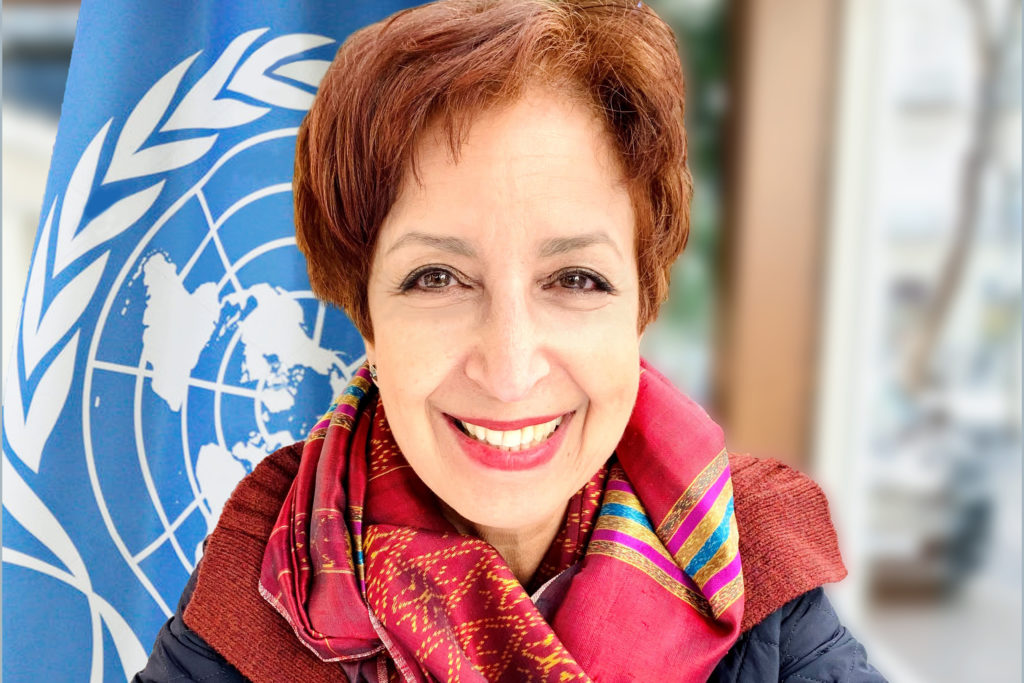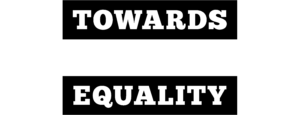How crucial is education to build gender-responsive societies?

Jamila Seftaoui, Director – Division for Gender Equality, UNESCO — Credit: UNESCO
By Jamila Seftaoui, Director – Division for Gender Equality, UNESCO
and Stefania Giannini, Assistant Director-General for Education, UNESCO
Despite persistent challenges, gender parity in schooling has been hailed as a success story. Globally, equal numbers of girls and boys were enrolled in primary and secondary education in 2018. However, these global averages mask continuing disparity at the individual country level as well as within countries among particular groups, such as the poor, and in no country has this translated into full equality between women and men. Indeed, access and completion rates do not give us the whole picture on gender equality in education. What children, young people and adults learn – and the values, attitudes and behaviours they develop as a result of education – are critical. Gender bias and discrimination are pervasive in education settings across the world. The education community must act now, hand in hand with other sectors and with urgency, to build schools that can act as role models for gender equality. In fact, investing in gender-transformative education is the best solution that we have to rebuild societies to achieve gender equality and promote the full realization of human rights for everyone. This is all the more imperative in the context of COVID-19 that threatens to roll back decades of progress towards gender equality in education and dramatically impact girls’ education and their future.
We need to eradicate discrimination in school policies, when these policies institutionalize sexist norms and behaviour, and convey an understanding to boys and girls that their lives are not of equal value. Her Atlas, UNESCO’s Atlas of Girls’ and Women’s Right to Education, shows that only half of countries guarantee the right to education in their constitution without discrimination on the basis of gender. Dialogue and cooperation between education authorities, advocacy groups and the social and judicial sectors can help ensure that policies and legal frameworks safeguard the right to education for all people, regardless of their gender, and are understood and adhered to by all. Discriminatory policies may target only specific groups, such as pregnant girls and young mothers, but in fact they harm the entire society by limiting opportunities and fueling stigma.
We can ensure that textbooks and learning resources counter the gender bias and stereotypes that too often limit our perception of what girls and boys should do and learn. In textbooks across the world, girls and women are often near-absent or represented as passive, especially in decision making roles. There are some indications of progress – a UNESCO study found examples of female prime ministers and pilots in textbooks in Jordan, and of female street demonstrators and voters in Palestine while in countries as varied as Hungary and Nepal, governments efforts to remove gender stereotypes and develop awareness of gender equality have led to improvements in textbooks. However, globally, progress is slow, and even more so when it comes to portraying diversity in sexual orientation and gender identities. Only through cooperation between education authorities, teachers, publishers – and in a world where distance learning is becoming increasingly common, with broadcast corporations and online content providers – can learning content be rid of gender bias. A society with persistent gender stereotypes is more unequal, less diverse, and worse performing in many fields.
We must help teachers become aware of, and address, their unconscious or implicit gender biases. Teachers’ personal histories and identities, expectations and behaviour set the tone for their students. In every context, many continue to hold outdated beliefs that reflect those of the society around them: that boys are more disruptive than girls, that girls are better suited to quiet activities such as reading, that subject areas such as science and mathematics are inherently masculine. Such attitudes not only affect girls’ and boys’ achievement, they also preclude our economies from the future contributions of millions of scientists, artists, and researchers whose passions have not been fully encouraged in schools.
We can make learning environments safe, welcoming of students of all genders, and empowering. This includes ensuring that school architecture and facilities recognize the particular needs of different groups, such as menstruating girls, but also that active steps are taken to prevent gender-based harassment and violence – including for LGBTQI students who are all-too-often victims of bullying on and off-line – and to foster relationships based on consent. Transformative education encourages learners to critically reflect on their assumptions and beliefs, and become agents of positive change. School leaders and educators can be supported in promoting this by actively drawing on relevant community partners, such as local health organizations.
Schools are in many ways a microcosm of society, and are the places where children’s values are nurtured and aspirations catalyzed. For most children, schools represent the main place where they can learn to accept, respect, and cherish diversity, provided an inclusive ethos is in place. This is why gender equality in education is far more complex than a ‘simple’ question of parity, and cannot be
promoted through a silo approach – it requires targeted and comprehensive action across sectors. As the examples above show, the education sector cannot achieve this alone: across the world, decision-makers in the judicial, labour, health and publishing worlds – among others – must take steps to address the ‘invisible’ barriers to gender equality in and through education.
The global Generation Equality Forum, which celebrates 25 years since Beijing and will culminate in Paris on 30 June-2 July, has established innovative and multi-stakeholder Action Coalitions that aim to catalyze collective action in six areas. Because it is transformational across the board, education to advance gender equality must feature in the work of each of these Coalitions through agreement on ambitious and tangible commitments. This is the key to setting the world on a more equal, fair and just course.
By Jamila Seftaoui, Director – Division for Gender Equality,
and Stefania Giannini, Assistant Director-General for Education, UNESCO

This article is being published as part of “Towards Equality”, an international and collaborative initiative gathering 15 international news outlets to highlight the challenges and solutions to reach gender equality.



